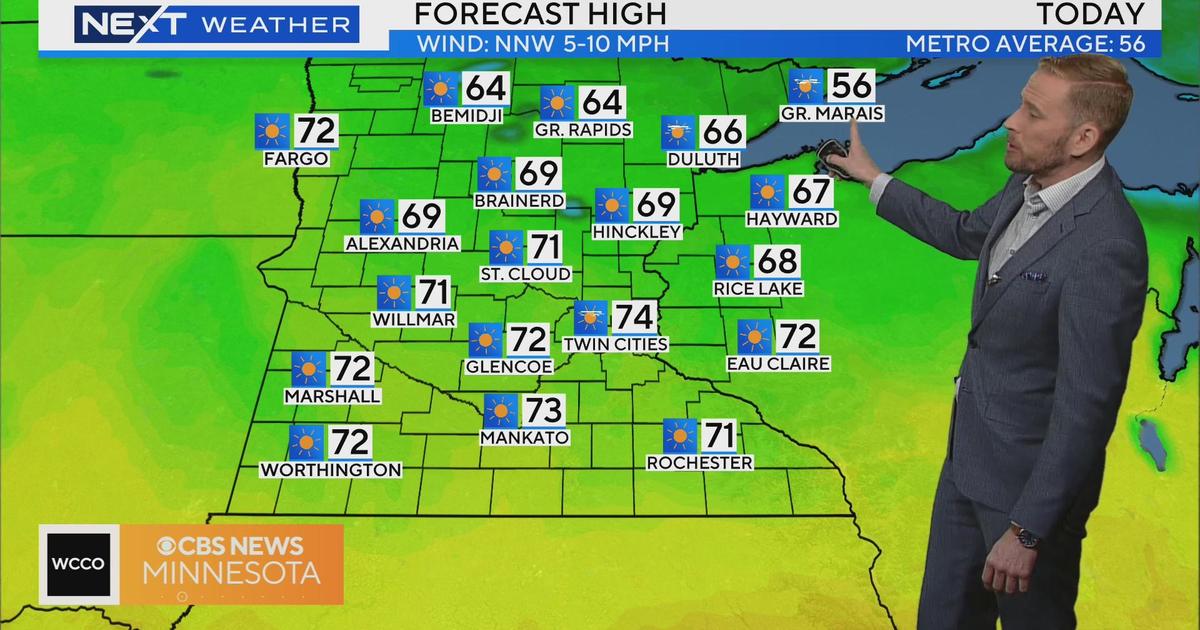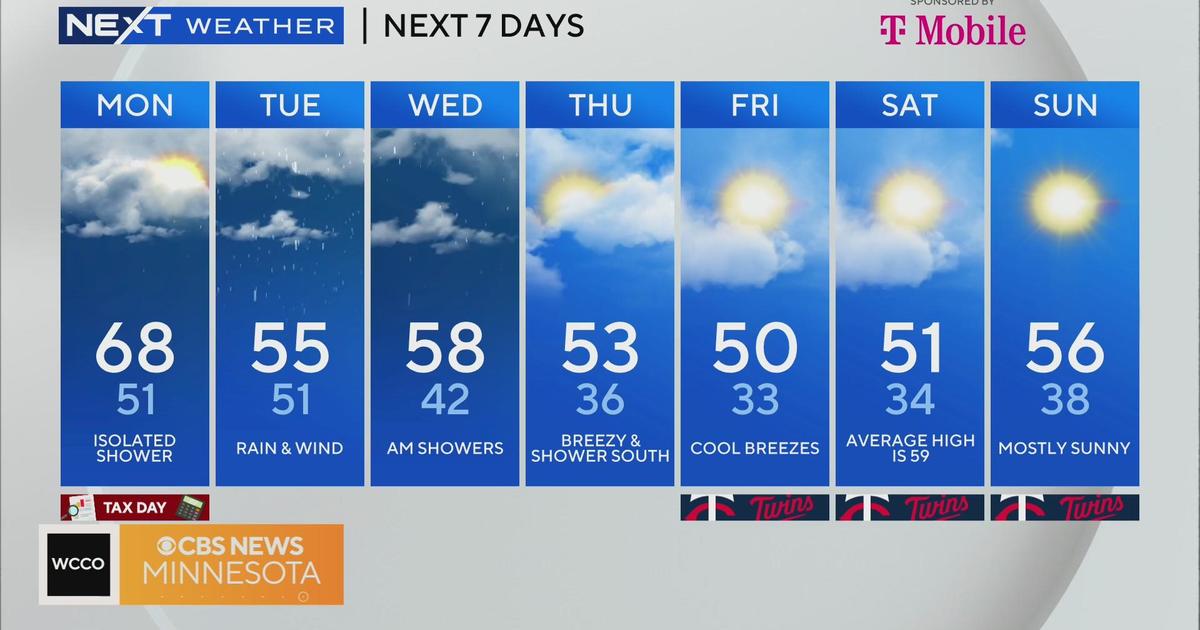$60M overhaul to give downtown Minneapolis stormwater tunnel another century of use
MINNEAPOLIS -- Under the streets of downtown Minneapolis, crews have been working for about a year to build new infrastructure to stand up to our changing climate.
A new $60 million stormwater tunnel project will run parallel to the existing system under Washington Avenue between Nicollet Mall and Chicago Avenue.
In this Next Weather Investigates, WCCO went underground to get a look at the solution that should last for another hundred years.
On the surface, downtown Minneapolis looks a lot different than it did 100 years ago. But below the city, parts of it didn't ... until now.
As we say goodbye to the skyline, dropping 80 feet in 30 seconds, we step out of the cage and into the city's mammoth new storm drain. It's designed to take the pressure off the current 100-year-old system.
"This tunnel goes 818 feet," said Nap Scott, PCiRoads Tunnel Division Manager "This is what's called a cathedral shape tunnel."
"This one is a large tunnel. It's going to be the largest one the city owns and operates," said Kevin Danen, a sewer operations engineer for the city of Minneapolis.
When it's done, it'll carry stormwater from downtown Minneapolis all the way to the Mississippi River. It's big enough to handle a 100-year storm.
"We needed scale, we needed big scale," said Danen.
As far as tunnels go, the crew tells us this one is spacious. It's twice the size of the current storm drain, more room than experts hope we'll need. It's well ventilated and lit for the 25 workers that are normally down here.
When we were there, the crew was chiseling through the bedrock, carving out the massive tunnel, turning sandstone to dust. Dust they'll have to lift out the same way we came in.
It's a project of scale and necessity.
"This is a really important project for the downtown area," said Danen.
With climate change our rains can come fast and heavy, which can lead to dangerous flash flooding. Over the last 50 years in the Twin Cities we've seen a 30% increase in the amount of rain falling per hour on average, according to Climate Central.
Combine that with more concrete, more development and it leaves fewer places for our water to run.
"We took a conscientious approach at long term effects of the change in weather patterns that we're having," said Danen.
Construction could be finished as soon as next year. We're told it's one of the largest Minneapolis Public Works projects in a long time.





